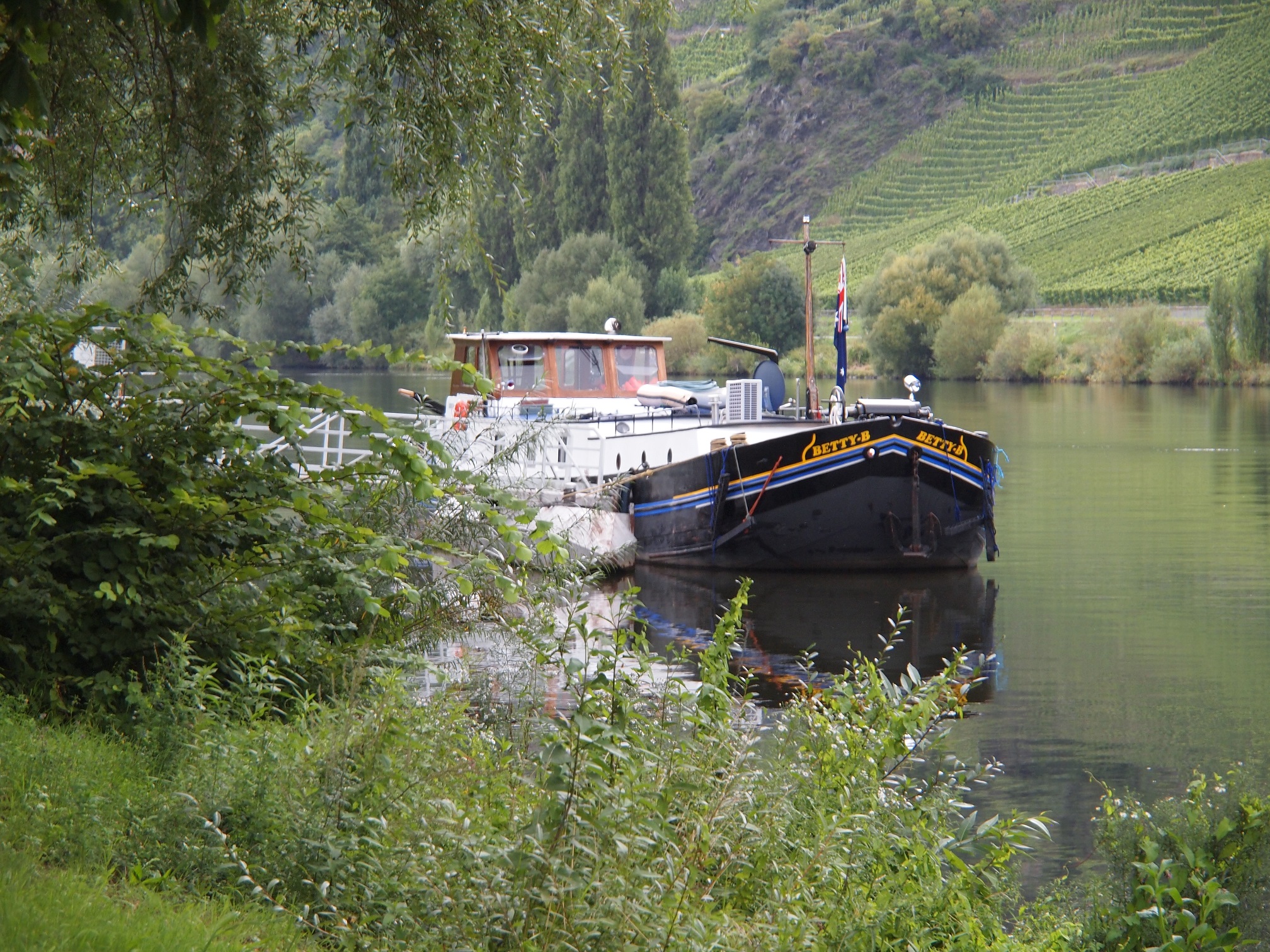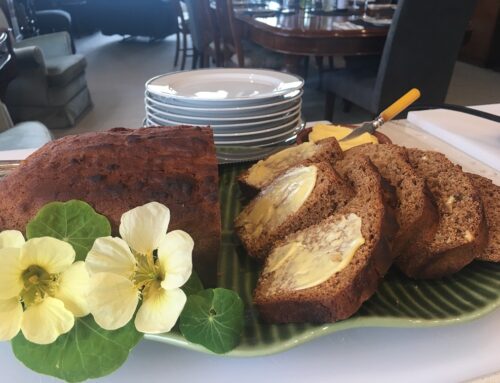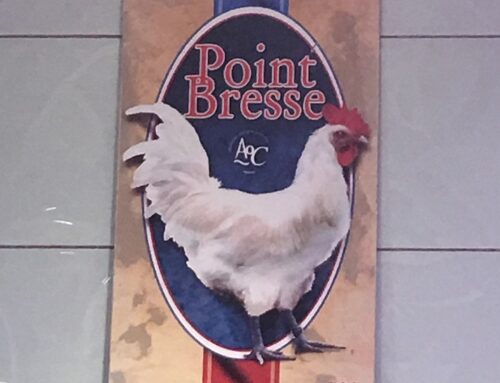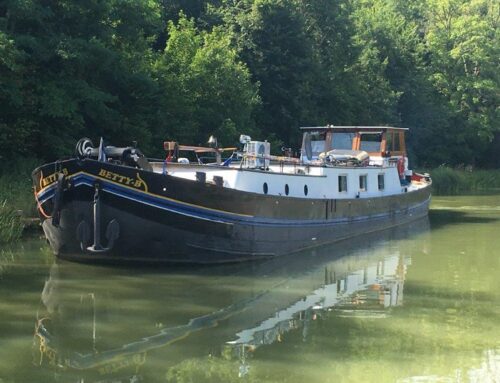This trip to France and barging into Germany is quite different to our usual travels on the French canals. We barge only on the Moselle and do not travel at all on the canals.
River barging, ‘cruising’, is quite different in many ways; the current on the rivers is significantly strong, this effects the travelling time, plus it increases the level of difficulty of driving. There are many very large commercial barges, many as long as 138m, some only 110m, very few like ours, large private peniches and a few very long 160 plus meters. There are a few small fibre glass, ‘plastics’ are around as pleasure boats, but it is not like on the canals where there are many barges like ours and many less commercial barges.
The most notable difference barging on the rivers is the fewer number of lochs and the ones we do go through are so much larger, longer and wider, as they accommodate all hose huge commercial barges, which frequent the river. Fewer lochs mean relaxed days; some days we have just one loch. On the French canals we have had as many as thirty lochs in a day!
We barged from Toul, through the beautiful cathedral town of Metz, what a surprise to find a cathedral! Metz, the capital of Lorraine, is a lovely city, and from there we go north to arrive at our destination of Trier, the oldest town in Germany, which also has the most Roman ruins north of the Alps and hence is full of ancient Roman history.
Trier has the only shipyard, closest to our home base of Toul, which can handle a barge the size of the Betty B. So it is in Trier where the barge is taken out of the water at the Hans Boost shipyard. This was an amazing process to witness the dear old 90 tonne barge being slowly taken out of the water and up the river bank ready for the seven year licence inspection.
- My Boost shipyard at Trier, germany
- Betty B approaching the mechanical tray
- Betty B attaching to the mechanical tray
- Moving along…
- Moving on…up and up
- Betty B slowly hauled up the river bank
To get the barge out of the water, proved to be an easy process, one we could not quite imagine until we saw it all happening. The barge was driven by two Boost men and manoeuvred onto 2 submerged trolleys on train tracks with 2 big horizontal trays, all under the water. There another Boost engineers mechanically, from their barge nearby, lashed the Betty B barge to these two submerged trolleys. Long cables are attached to these trolleys which go up the steep river bank to two engines, which, when activated, pull up the cables attached to the trolleys and the barge is slowly hauled up to the top of the river bank where it was locked into place and will stay for the duration of the inspection and maintenance.
It will be a busy time for our three men, dealing with the various inspections, by gas inspectors, ship inspectors, safety inspectors; then decisions need to be made about what work is to be done.
Meanwhile there are things to do, places to see and wonderful restaurants in which to dine!
- Churches and vineyards are everywhere along the Moselle River
- Little chapels are nestled amongst the vineyards
- Beautiful scenery along the Moselle River
















